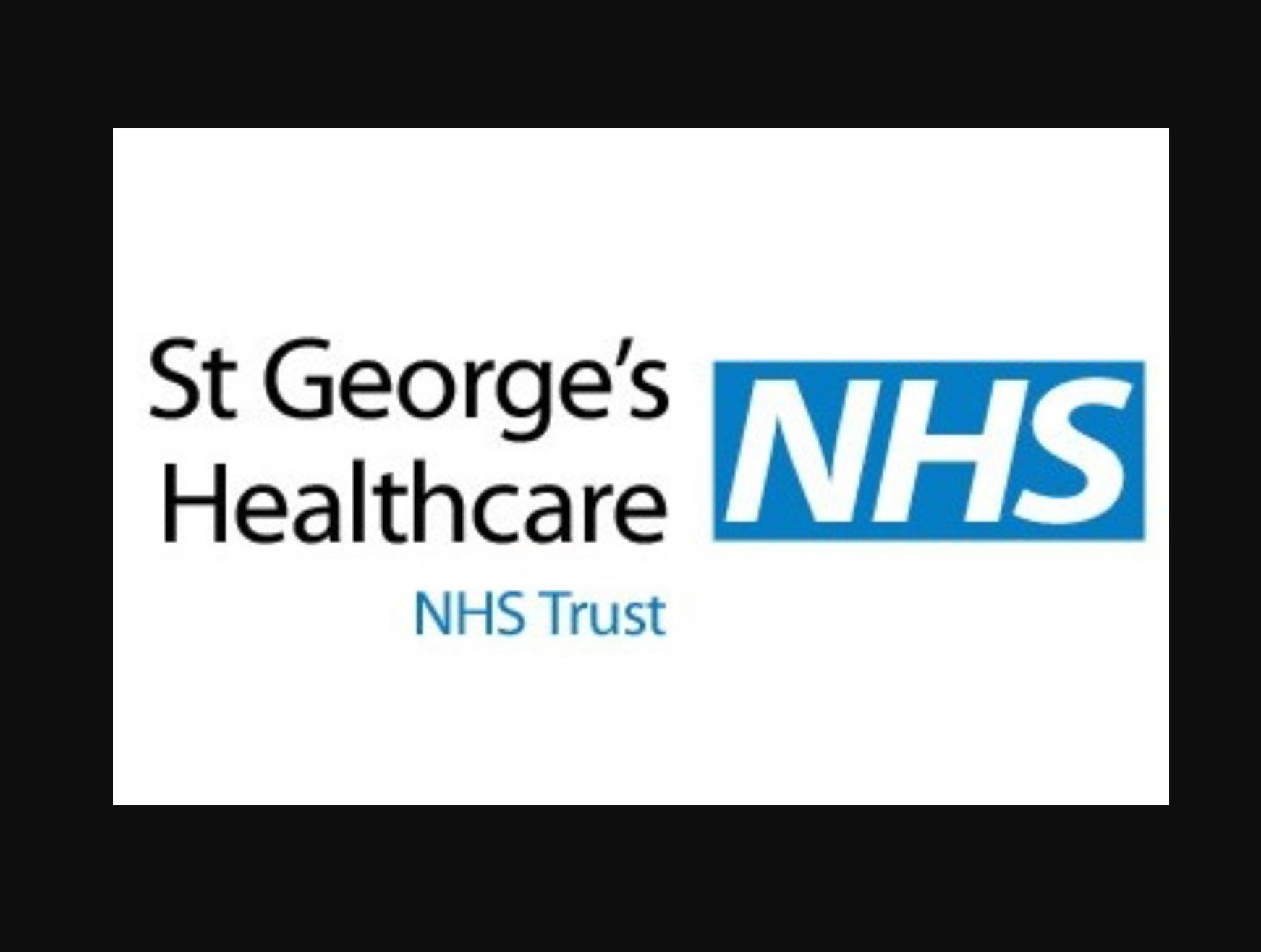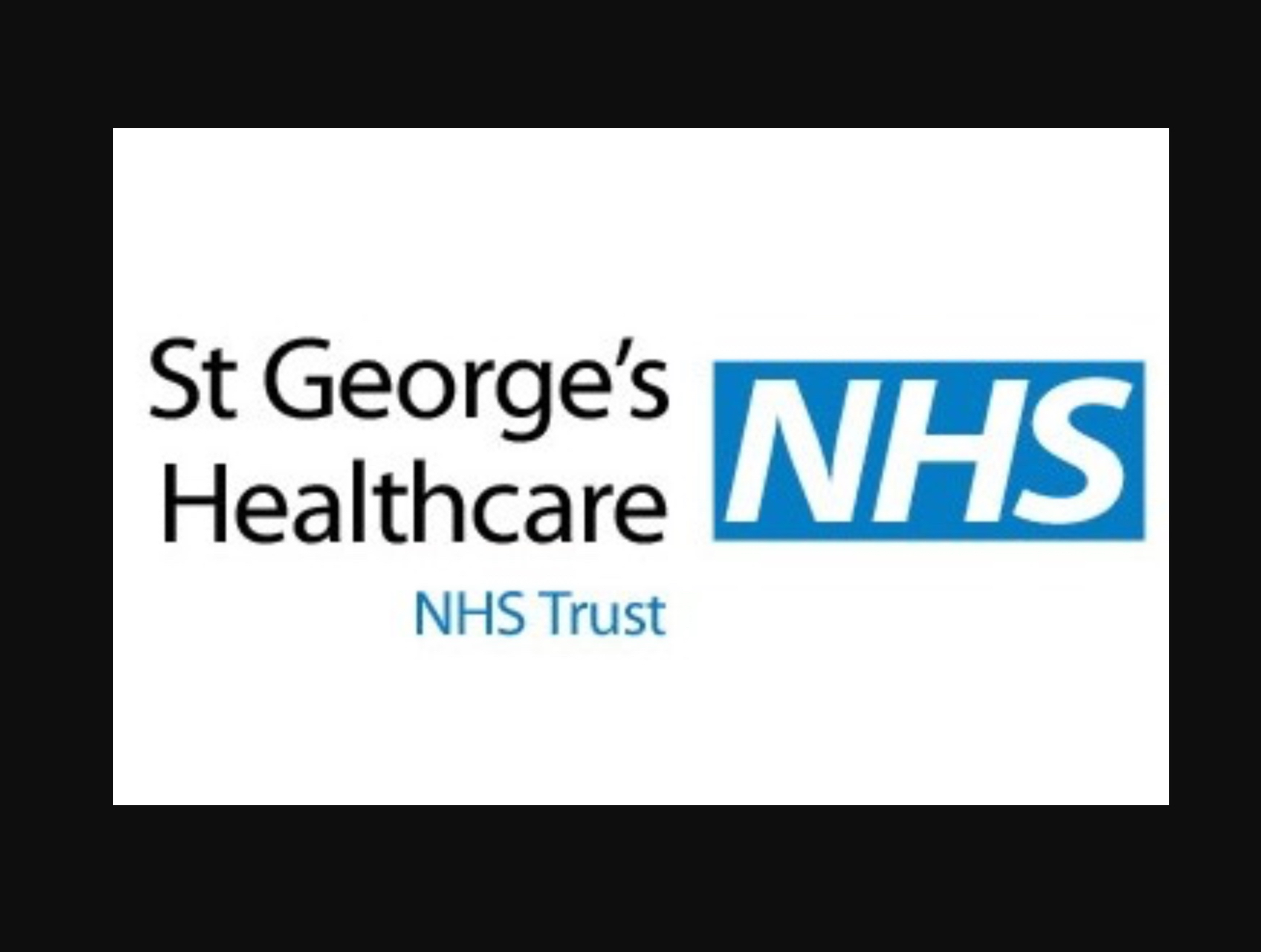Title Page
-
Document No.
-
Audit Title
-
Client / Site
-
Conducted on
-
Prepared by
-
Location
-
Personnel
-
Check for danger: hazards, wet floor... -Ensure a Safe environment<br>Has the candidate verbalised that there is no danger?
-
Is the privacy and dignity maintained ?<br>I.e. Drawing the curtains, verbalising...
-
Hand washing before approaching the patient following WHO 2009 guidelines<br>-Palm to palm <br>-Palm to dorsum<br>-Fingers interlaced <br>-Fingers interlocked <br>-Rub tips of fingers<br>-Rotational rubbing of thumb into palm<br>-Rotational rubbing of wrist into palm <br>-Rinse hand into water <br>-Close tap with elbows <br>-Pat dry <br>-throw tissues into black waste bin <br>
-
The candidate has introduced herself/himself and the role
-
Acknowledged items on the table and did relevant checks -Safety<br>I.e. Does the pt need the glasses/hearing aids before starting? Have they been checked recently?<br>Are there cigarettes or medication that need to be locked away?
-
Confirm identity <br>I.e. Full name and date of birth, wristband, allergies and reactions, how would you liked to be called ?
-
Explain procedure and gain consent
-
Does the candidate show compassion?<br>I.e. Body language, eye contact, caring...<br>PROMOTE PATIENT'S COMFORT
-
Is the NEWS/GCS complete and correct ? <br><br>-Ensure headings are complete (pt's details)<br><br>-Checks for the BP cuff are done:<br> Correct size for the arm (the bladder length should cover 80% of the arm and its width 40%)<br> Pt's arm is free of clothing, supported I.e. With a pillow, arm is at heart's level <br> Palpate for brachial artery <br> Wrap the cuff around the bare arm, with the bladder centred over the brachial artery and superior to the elbow <br> The lower edge should be 2-3 cm above the brachial artery pulsation <br> Ask the pt to stop talking and/or eating during procedure <br> Explain pt will feel pressure on the arm but this is tolerable <br>-Explain you are going to take pulse rate and oxygen saturation. <br> Place pulse oximeter on fingertip. Make sure fingertip is not too cold or has nail polish.<br> Ask for their wrist and count pulse rate for a full minute. Assess if it's regular or not.<br> Count respiratory rate for another full minute.<br> Declare afterwards you didn't tell pt because it might be altered <br>-Remove BP cuff and document <br>-Explain you will take temperature. Ask for consent.<br> Make sure thermometer is working. Place disposable probe.<br> Pull pinna up and back and inspect for any ear drainage or hearing aids.<br> Align the probe tip in ear canal gently <br> Press and release scan button<br> Remove probe tip once it beeps and read temperature and document.<br> Press release/eject button to discard probe cover into the clinical waste bin <br>-Assess for pain <br>-ASK ABOUT ADL's<br><br>-Monitoring GCS<br> 1.Assess eye response, declare score.<br> 2.Talk to pt: Note if they are alert, giving their full attention or restless/lethargic/drowsy<br> 3.Ask pt who they are, where they are and what day, month and year it is <br> 4.Declare you are going to assess their motor strength. Ask pt to squeeze and release your fingers (both sides should be assessed). If the pt does not respond, apply painful stimuli. <br> 5.Ask pt to close the eyes and hold the arms straight out in front, with palms upwards, for 20-30 seconds. Observe for any sign of weakness or drift.<br> Extend both hands and ask pt to squeeze your fingers as hard as possible comparing grip and strength <br> Ask pt to lie on their back in bed. Instruct pt to keep the foot down as you attempt to extend the leg, then instruct the pt to strengthen the leg while you offer resistance <br> 6.Explain you are going to check pupils size and reaction.<br> 7.Ask pt to open their eyes. If the pt cannot do so, hold the eyelids open and note the size, shape and equality of both pupils simultaneously <br> Hold each eyelid open in turn. Shine a bright light into each eye as above, moving from the outer corner of each eye towards the pupil. This should cause the pupil to constrict and cause and immediate and brisk dilation of the pupil once the light is withdrawn.<br> Record pupillary size (in mm) and reactions on observation chart. Brisk reaction is documented as '+', no reaction as '-', sluggish response of one pupil compared to the other as 's'<br> Record unusual eye movements such as nystagmus or deviation to the side <br> <br> <br>I.e. Correct score, correct checks on pt, all patients details complete, SIGNED...<br>
-
Has the candidate communicated effectively with the patient?<br>I.e. Addressed all complaints, made himself/herself understood clearly, summarising, assessed ADLs, offered advice on health teaching if needed...
-
AFTER CARE:<br>-verbalised and washed hands/used hand rub <br>-left call bell in reach<br>-thanked pt<br>-ensured documentation is done and escalated appropriately









